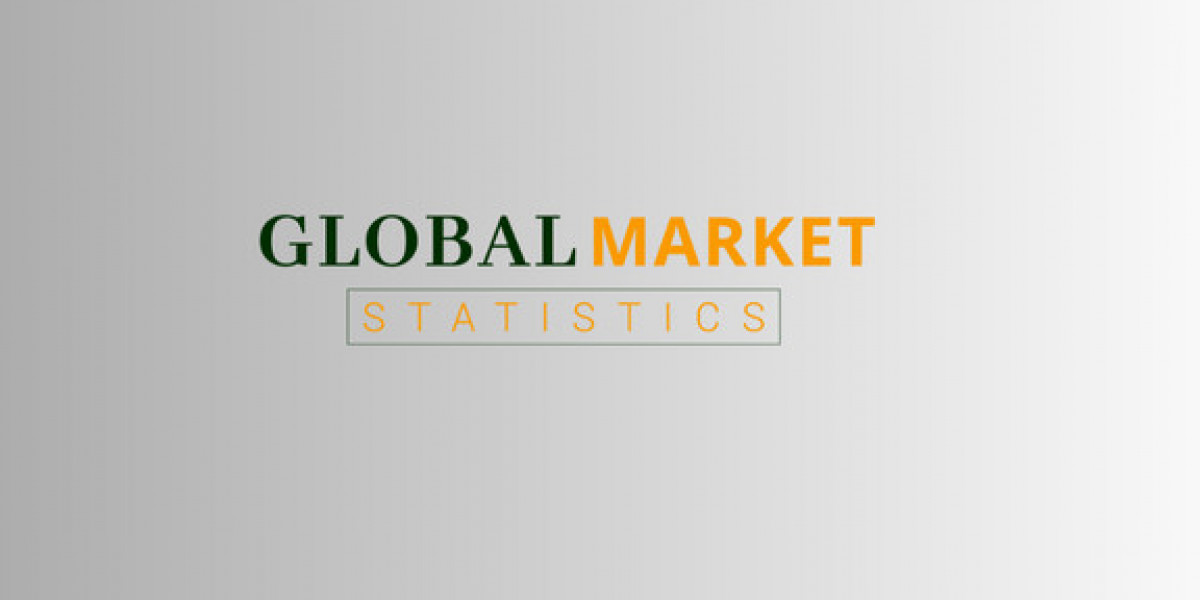Have you ever felt like your smart devices are listening in on your conversations? Or have you tracked your location just a bit too closely? You're not alone. As IoT devices like smart speakers, security cameras, and wearables become ubiquitous in our homes, so do privacy concerns about how our data is being collected and used.
But just how much should you worry about insecure IoT devices compromising your privacy? As it turns out, quite a lot. Devices often gather extensive personal details without sufficient consent, security protections are lacking compared to mobile apps, and even encrypted data could be used to infer sensitive details about your life. Read on as we reveal the 9 most startling privacy risks with consumer IoT devices and how to mitigate them.
IoT Devices Collect Massive Amounts of Personal Data
Many IoT Devices Have Always-On Microphones and Cameras
Unlike a phone or computer, IoT devices like smart speakers and security cameras are designed to be always on, listening to and watching everything happening around them. The speakers need to detect when you say a wake word like “Alexa” or "Hey Google," while cameras record continuously to catch important events. As a result, they gather very detailed and sensitive audio and video captures of your home life. While the devices do computational processing on the data to enable features like voice commands and activity alerts, there have been concerning demonstrations that they may capture even more than needed. Would you want unexpected guests or your children's conversations being stored by a faceless corporation? Unfortunately, many privacy policies make it difficult to understand exactly what gets kept.
IoT Devices Track Precise Location and Activity Data
In addition to rich media capture, IoT devices also excel at collecting precise data about your location and activities. Smartwatches with accelerometers can detect if you’re walking, running, or sleeping. Smart shoes can track your runs down to the stride. And any IoT device connected to WiFi or cellular networks can pinpoint your location throughout the day. This allows for convenient features like activity tracking and location-based automation (e.g. turn on lights when you get home). However, soapbox time... few people realize exactly how much sensitive information location trails provide about medical visits, places of worship, or other destinations revealing religious, and political preferences. Not data I want to be tied to my identity without careful control.
Data Collection Often Happens Without User Consent
Privacy Policies Are Dense and Hard to Understand Before buying any connected device, experts advise carefully reading the accompanying privacy policy to understand what you're agreeing to. But let's be honest - who does this? And even if you skim it, these policies spell out permissions in dense legal jargon spanning thousands of words. Essentially impossible to parse as a consumer. Without clear and concise explanations from manufacturers provided up front, we have little idea what data these IoT gadgets could be gathering about our lives. Scary when a $25 “pet feeder” camera could analyze your conversations, a fitness tracker map your bedroom activity, or a smart toy to learn your child's behind-the-scenes behaviors.
Options to Limit Data Collection are Limited Given the opacity around IoT data practices, consumers should be provided robust controls to limit the collection and use of unnecessary personal details. However, few companies provide such constraints regarding data like precise location, audio/video recordings, or affiliations detected through your activity trails. While mobile apps often let users restrict access to device sensors, smart home devices collect information intrinsically to enable their functionality. Beyond not using them at all, there’s little ability to tailor the data gathered. It is disappointing from a privacy perspective and makes one wonder about exploiting user data more than serving real convenience needs.
IoT Device Security is Often Lacking
Many Devices Ship with Default Passwords With mobile phones, consumers have been trained to vigilantly install software updates and use strong passcodes to protect against unauthorized access. However, many connected IoT gadgets ignore these basic security hygiene practices. As one terrifying example, a 2021 analysis of home security cameras found over 2,000 vulnerable devices - secured only by easily guessed defaults like “123456”. While theoretically, only someone on your WiFi could exploit this, the risks compound if owners use the same credentials for more sensitive accounts. Unlike phones which see constant security scrutiny, IoT devices tend to fly under the radar. I’ll make another soapbox plug that manufacturers need to prioritize security protections around consumer privacy over risky cost-cutting measures on network-connected gadgets.
Updates to Fix Vulnerabilities are Infrequent Let’s say a malicious hacker uncovers a way to remotely access video feeds from a particular brand of security camera. Responsible manufacturers should issue prompt firmware updates to resolve these vulnerabilities. However, many IoT devices rarely if ever see software fixes once shipped unless they stop “working” entirely. Concerning when embedded devices like door locks or medical devices could grant physical or health data access. While anti-virus suites help protect desktop networks, few comprehensive solutions exist to safeguard the expanding array of IoT devices from either remote or local intrusion better than crossing your fingers.
Your Data Could Be Used Against You
Data Breaches Expose IoT Data to Criminals Given the intimacy of data collected even from consumer IoT devices, it should come as little surprise this presents a desirable target for hackers beyond typical credit card or email theft. As one alarming example, the fitness app Polar exposed sensitive personal details like military patrol routes from aggregated activity maps. Breaches from IoT vendors also pose unique secondary risks since authentication credentials are often shared across accounts. So the hobby drone startup exposing your email might also provide backdoor access to the security cameras filming your house. As IoT usage grows in domains like health and home automation, such threats are likely to expand if security and data responsibility aren’t prioritized early across these emerging ecosystems.
Governments Could Access Data Without Oversight
While hacking mainly conjures images of mischief-making teenagers or criminals, privacy risks from IoT equally originate from powerful institutional actors like employers and government authorities. The Chinese government notoriously forces brands to comply with targeted surveillance of ethnic minorities. But even democratic countries like the US compel private tech firms to open up their data troves without sufficient public oversight. As one controversial example, a 2020 Supreme Court case opened the door to law enforcement scraping sensitive data from personal fitness trackers without a warrant. While still future hypotheticals, could child welfare services ever subpoena your smart speaker recordings for signs of neglect? Such “dual-use” risks where data collected for convenient features enables additional monitoring deserve greater public debate even around consumer IoT ecosystems.
How to Mitigate Privacy Risks from IoT Devices
Carefully Review Privacy Policies Before Buying
Yes I know, not the most thrilling advice but CRITICAL before purchasing any IoT device to scrutinize what data could be gathered and how it might get used or accessed. This independent consumer guide helps decode key things to look for like data encryption policies and retention timeframes. If something seems suspicious, email the manufacturer asking direct questions or shop elsewhere. Considering we invite these devices into intimate spaces like bedrooms and bathrooms, we should treat consent like a required handshake versus blind trust.
Change Default Passwords and Keep Firmware Updated
Once brought home, take the basic steps like changing default device passwords and updating firmware when available. Enable two-factor authentication if available and connect IoT devices to a separate network from more sensitive equipment like computers. Operate IoT cameras and mics manually, disable them when possible, and point sensors away from private spaces limiting inadvertent capture. Think carefully through how a device could gather data before placement and proactively configure it with privacy as the priority rather than an afterthought.
Use IoT Devices Selectively Based on Privacy Needs
Given the privacy risks and headaches above, carefully weigh if that shiny new IoT device truly solves an issue for you or creates more nuisance than value. Can a standard smoke detector, deadbolt, or fitness tracker still meet your needs? Look closely at the incremental functionalities and convenience promised by connected models to make sure they balance out the incremental privacy trade-offs. Data economy players have become masterful at making older solutions seem burdensome to nudge us towards slippery slopes. Think critically about whether products fulfill needs or feed wants before jumping onto the IoT bandwagon.
In closing, IoT privacy risks are substantial given the troves of data collected, long device lifecycles limiting security scrutiny, and track records demonstrating vulnerabilities that could enable chilling violations or unintended leakages of sensitive information. As consumers, we should evaluate carefully before welcoming these sensor-laden devices into our daily lives and utilize best practices to limit risks, rather than acting first and asking questions later. The modern paradox persists - the fantastic promise of benefit with equally fantastic potential for exploitation from tools promoted to improve life convenience not further the data economy. What trade-offs will ultimately serve societal good? These are exciting times, but progress demands continued dialogue, not just technological momentum.







